August Bloedner Monument (32nd Indiana Monument)
Introduction
Author-Uploaded Audio
Simon Meiners of the Frazier Museum talks about the history of the Bloedner Monument
Text-to-speech Audio
The Bloedner Monument is the oldest known memorial from the Civil War still in existence. With the Civil War costing so many lives, it is obvious that there would be a desire to honor those sacrificed lives. The 32nd Indiana Infantry monument honors the soldiers it is named after, the men of the 32nd who were all of German American backgrounds. The monument was carved in January 1862 and originally located on the battlefield where the Battle of Rowlett's Station took place near Munfordville, KY. Five years later in 1867, the monument would be moved to the Cave Hill National Cemetery in Louisville, KY along with the remains of eleven of the thirteen soldiers whose names were engraved on the monument. The two soldiers whose bodies do not rest at Cave Hill Cemetery are buried in Cincinnati, Ohio at the Price Hill and Spring grove Cemeteries respectively.
The main body of the monument was made of St. Genevieve porous limestone. This limestone was known for being easy to carve but not built for the outdoors. The limestone of the monument began eroding over the years, resulting in over 50% of the original inscription disappearing by the early 2000s. Consequently, the monument was moved to the University of Louisville where it was restored, and its inscription recovered. The monument is now a part of the collection of the Frazier History Museum in downtown Louisville, Kentucky.
Images
Bloedner Monument in the Civil War exhibit at the Frazier museum
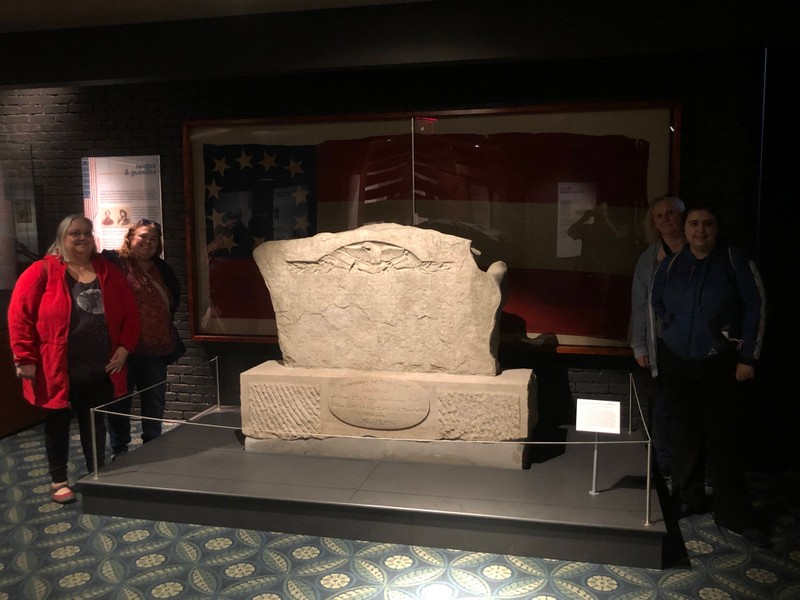
Bloedner Monument in the Civil War exhibit at the Frazier museum
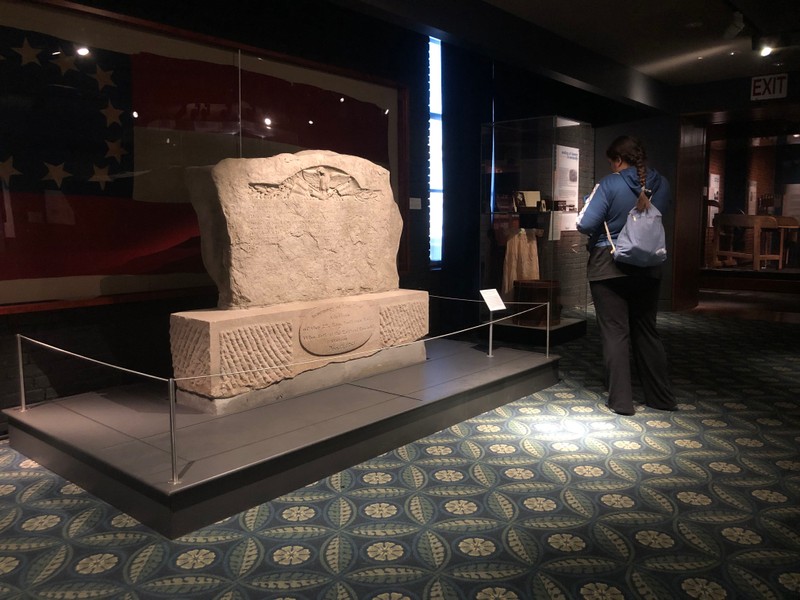
Detail of Bloedner monument
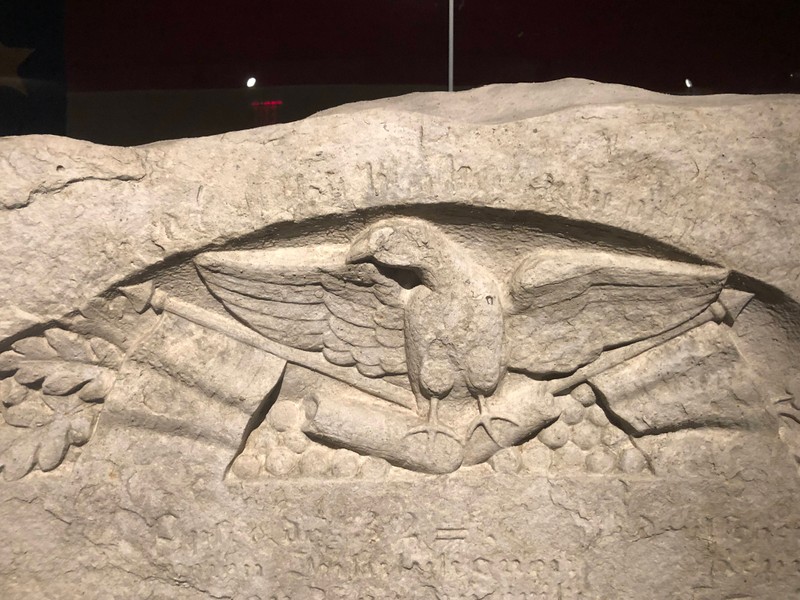
Spalling (erosion) on the Bloedner monument
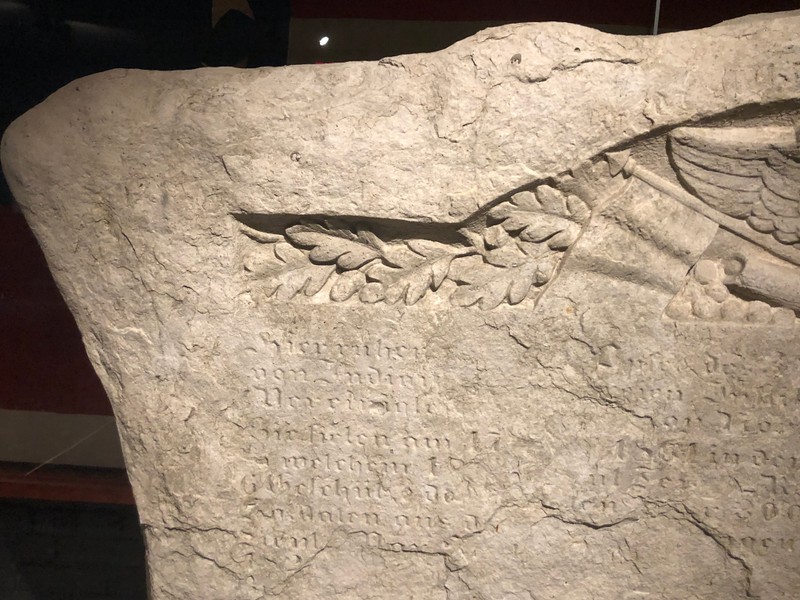
Bloedner Monument from side, showing difference in erosion between the upper portion (St. Genevieve limestone) and the lower (Bedford/Indiana limestone)
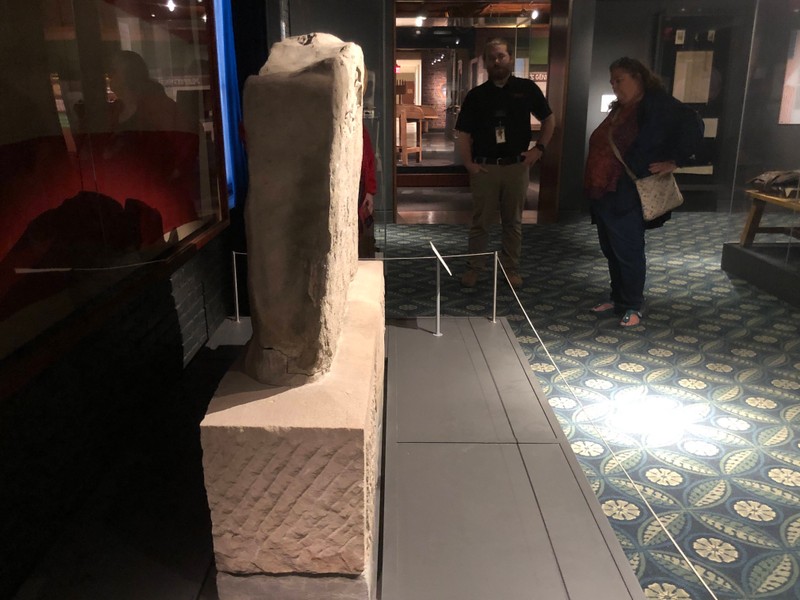
Label identifying the monument as a part of the Frazier Museum collection
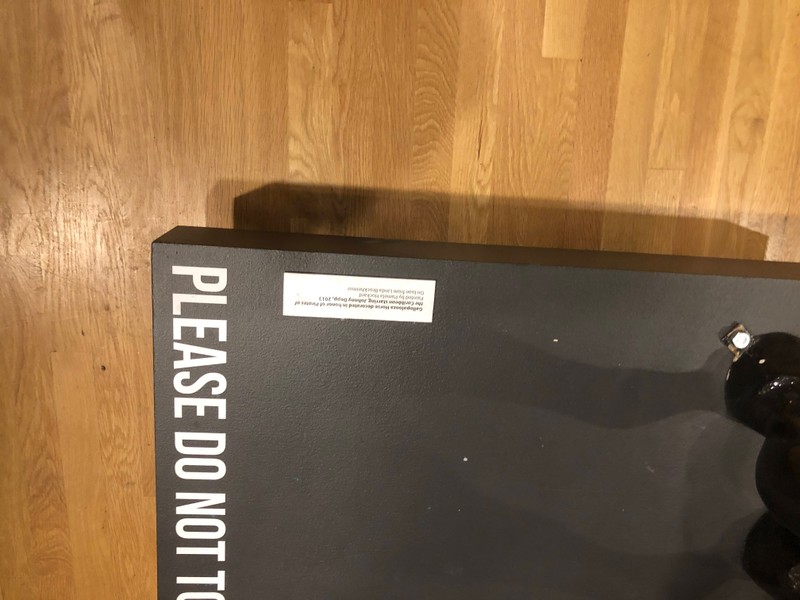
Right side view of Bloedner monument showing erosions
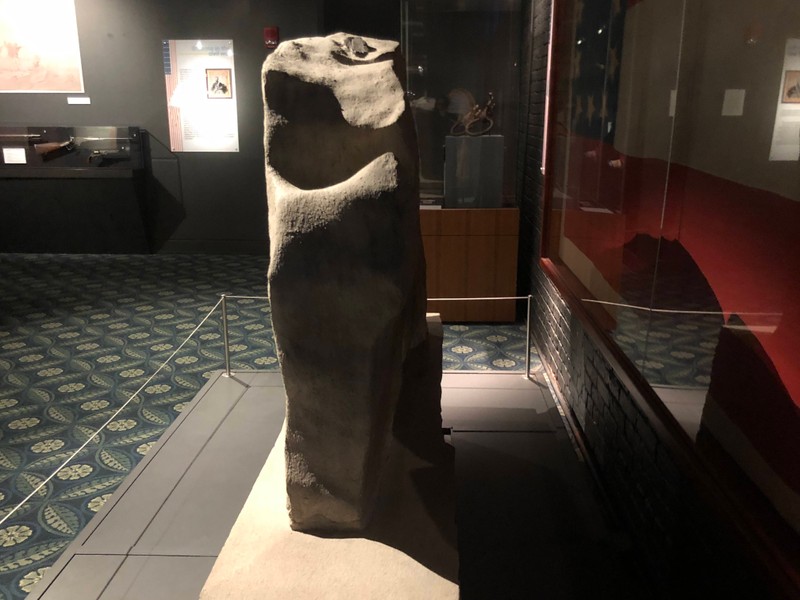
Inscription on the monument translated into English
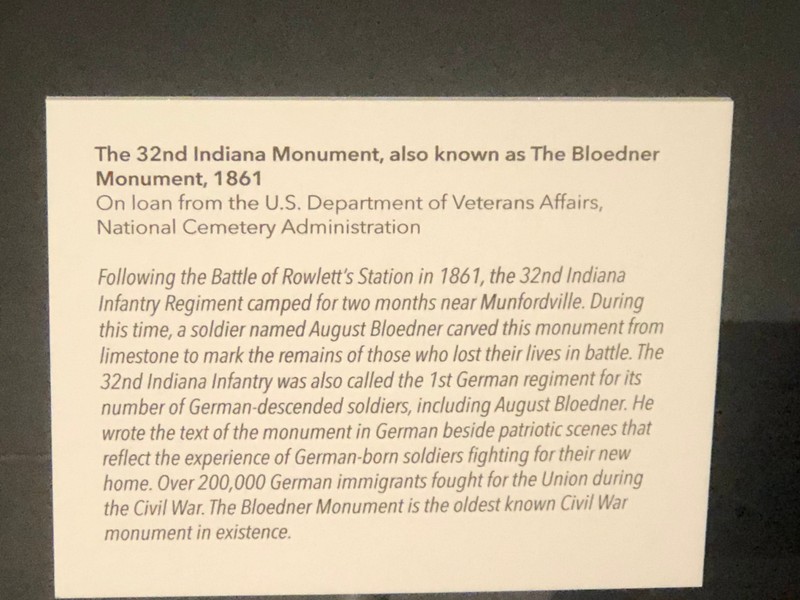
Backstory and Context
Text-to-speech Audio
The mason who carved out the monument was Private August Bloedner, one of the survivors of the 32nd Infantry. Prior to emigrating to the United States, August Bloedner was a carpenter and stonecutter by profession. Bloedner carved the upper part of the monument from St, Genevieve limestone, a variety of Indiana limestone that is soft, porous, and therefore not used for sculpture/building purposes anymore. The lower part of the monument, or the base, is made of Indiana or Bedford limestone. This additional Bedford limestone base was a contribution made by the Louisville German community when the Blodner monument was installed. Without this base the monument was intended to lay flat on the ground like a tomestone.
Come the 1950s the monument was breaking down and when the early 2000s hit about 50% of the monument's original inscriptions were lost. A temporary protective structure was built over the monument to prevent total loss.
In order to preserve the remaining monument, the U.S. Department of Veteran Affairs National Cemetery Administration had it moved to an indoor storage facility at the University of Louisville in December 2008. There the monument was received professional conservation including cleaning, repairing spalled surfaces, removal of failed patches, and installing new patch repairs. The monument was remounted for future display in a museum setting, and to allow it to be seen by future generations. Even after conservation the monument was deemed too fragile to be returned to an outdoor setting. Today it currently resides in the Frazier Museum in downtown Louisville among numerous other Civil War artifacts.
With the movement of the monument and the remains to the cemetery in Louisville, KY there were also additional markers installed for the soldiers changing the meaning of the monument. With these additional headstones, the monument went from being a collective headstone for the multiple soldiers and their remains to a moment commemorating their sacrifices.
Sources
The 32nd Indiana Infantry Monument , The Historical Marker Database. Accessed December 3rd, 2022. https://www.hmdb.org/m.asp?m=174948.
Bennett, Thomas. History of the 32nd Indiana Infantry Monument, U.S. Department of Veteran Affairs National Cemetery Administration. December 17th, 2019. Accessed December 4th, 2022. https://www.cem.va.gov/bloedner_monument.asp.
August Bloedner Monument, Evergreene Architectural Arts. Accessed December 4th, 2022. https://evergreene.com/projects/august-bloedner-monument/.
Photographed by Monica Martin
Photographed by Monica Martin
Photographed by Monica Martin
Photographed by Monica Martin
Photographed by Monica Martin
Photographed by Monica Martin
